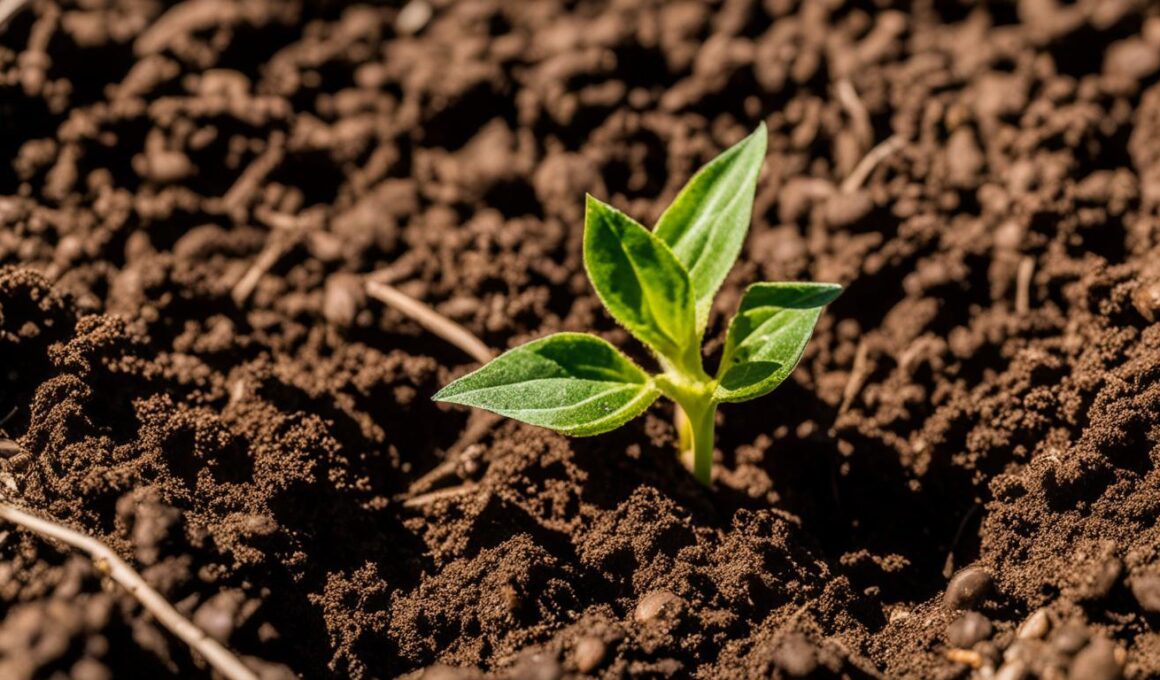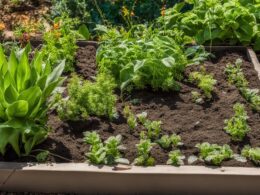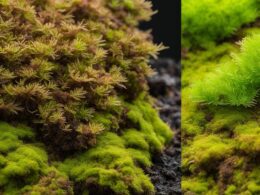Welcome to our guide on the stages of sunflower growth! If you’ve ever wondered how these vibrant flowers develop from seedlings to mature plants, you’re in the right place. Understanding the different stages of sunflower development is crucial for anyone interested in cultivating or appreciating these beautiful blooms.
Throughout the sunflower life cycle, each stage brings unique growth and changes. Whether you’re a farmer, gardener, or simply fascinated by nature, knowing the key milestones can help you provide the necessary care and support for your sunflower plants.
In our upcoming sections, we will walk you through the vegetative and reproductive stages of sunflower growth, explaining what happens during each phase. By the end, you’ll have a deeper understanding of the sunflower growth cycle and be better equipped to nurture these stunning flowers.
Vegetative Stages
The vegetative stage of sunflower growth consists of two phases: vegetative emergence (VE) and the vegetative period (V).
The first phase, vegetative emergence (VE), begins when the seedling emerges and the first leaf beyond the cotyledons is less than 4 cm long. This is an important phase as the plants are more susceptible to the effects of agrochemicals during this stage.
The second phase, the vegetative period (V), is identified by the number of true leaves over 4 cm in length. For example, if there are two leaves over 4 cm, the growth stage would be V2. It is important to count leaf scars if lower leaves have fallen off. Growths stages V2 to V8 are significant for applying post-emergence herbicides to ensure proper sunflower vegetative growth and minimize weed competition.
During the vegetative stages, sunflower leaf development is crucial for plant growth and photosynthesis. The leaves utilize energy from the sun to produce sugars, promoting healthy plant growth and development. As the true leaves continue to grow, the sunflower plant becomes stronger and more resilient, preparing for the reproductive stage of growth.
The next section will explore the reproductive stages of sunflower growth, highlighting the fascinating flower development process.
Reproductive Stages
The reproductive stage of sunflower growth is a crucial phase that determines the development of flowers and the eventual production of seeds. This stage is divided into nine distinct growth stages, each highlighting specific changes in flower development and maturation.
The first stage, R1, marks an important transition as the terminal bud begins to form a miniature floral head instead of a cluster of leaves. It is at this stage that the sunflower plant prepares for the upcoming flowering process.
As the growth progresses, the immature bud elongates, and the inflorescence begins to open. This progression is represented by stages R2 to R4. These stages are characterized by visible changes in the inflorescence, signifying the beginning of the sunflower’s reproductive phase.
The next significant stage, R5, marks the initiation of flowering. It is further divided into sub-stages based on the percentage of flower completion. During this period, the sunflower’s vibrant yellow petals start to emerge, captivating observers with their beauty and signaling successful reproduction.
Following the flowering phase, the growth stages R6 to R9 cover the period from flowering completion to physiological maturity and eventual harvest. This phase is crucial for seed development, as the flowers transform into seed-filled heads, ready to disperse and propagate.
To visualize the various reproductive stages of sunflower growth, refer to the image below:
Conclusion
The sunflower plant life cycle is a fascinating journey that starts with the seedling stage and progresses through the growth and development of leaves, buds, and beautiful flowers. As the flowers reach their peak, they eventually fade and make way for the growth and dispersal of seeds, ensuring the continuation of the sunflower’s life cycle.
Understanding the stages of sunflower development is crucial for farmers and gardeners alike. By monitoring the growth cycle, they can provide the necessary care and intervention at each stage, such as optimizing soil conditions, managing pests and diseases, and providing adequate water and sunlight.
By embracing this knowledge, growers can cultivate healthy sunflowers and enjoy the vibrant display of nature’s beauty year after year. Whether you’re a professional farmer or a passionate gardener, appreciating the intricate sunflower growth cycle enhances the joy of nurturing these majestic plants.
Will Rabbits Eating Sunflower Seeds Affect the Growth Stages of Sunflowers?
Feeding rabbits sunflower seeds can potentially affect the growth stages of sunflowers. Rabbits may eat the seeds or damage the emerging plants, impacting their development. To protect your sunflowers, consider using fencing or natural deterrents to keep the rabbits away from the plants.
Do Sunflowers Have a Long Lifespan Like Some Other Flowers?
Sunflowers have a relatively short flower lifespan compared to some other flowers. They typically bloom for about two to three weeks before wilting. However, their seeds can last for up to 100 years when stored properly, making them resilient and long-lasting in a different way.










